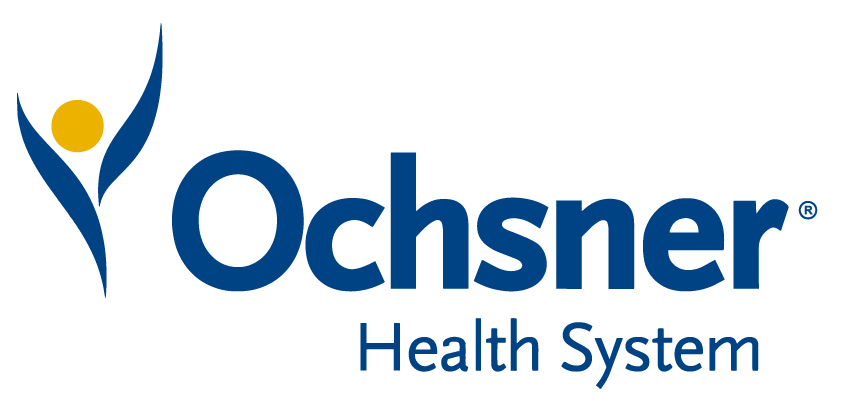

Surgical services are among the most complex and financially significant areas of hospital operations. Departments must balance access, case growth, and resource constraints—yet many still rely on disconnected systems and reactive processes that create inefficiencies, lost cases, and day-of-surgery disruptions.
LeanTaaS Co-Founder and CEO Mohan Giridharadas will open the session with a high-level look at how health systems are embracing intelligent operations—using AI, predictive analytics, and real-time data to unlock enterprise-wide capacity.
Building on this foundation, Rami Karjian, Head of the OR Business at LeanTaaS, will take a deeper dive into how leading hospitals are transforming perioperative operations by managing the surgical ecosystem as a single, coordinated system. He will show how uniting clinic workflows, scheduling, staffing, and intraoperative operations into one intelligent model gives leaders the visibility and control needed to drive sustained growth and efficiency.
Key Takeaways:






Take the first step towards unlocking capacity, generating ROI, and increasing patient access.